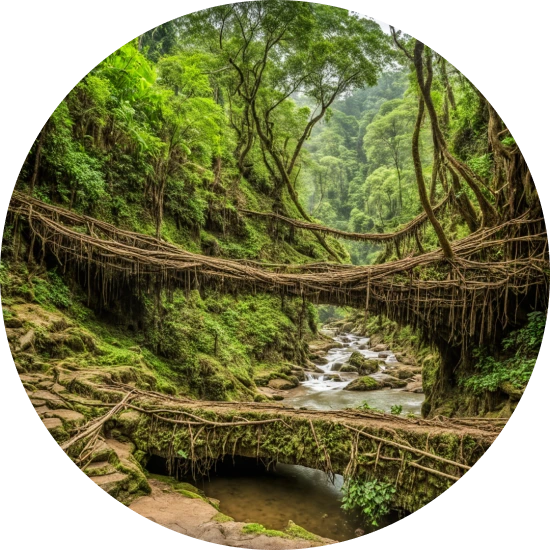Haplogroup O-F1150
What is Paternal Haplogroup O-F1150?
Haplogroup O-F1150, also known as Haplogroup O-M1359 (Y Chromosome Consortium long-form label), is a genealogical group of lineages defined by unique genetic markers present on the Y-chromosome. Your paternal haplogroup, or that of your father if you do not have a Y-chromosome, paints a picture of your ancient origins and the migrations of your ancestors. Although your paternal haplogroup reflects just one of your many ancestral lineages, it carries information about that lineage over tens of thousands of years.
Haplogroup O-F1150 is descended from haplogroup O-M1359. Among 23andMe research participants, haplogroup O-F1150 is commonly found among populations in the Philippines and China.
It's important to note that your haplogroup doesn't define your current ethnic identity; rather, it provides an insight into your deep ancestry on the paternal side.
 Paternal Haplogroup Origins O-M1359
Paternal Haplogroup Origins O-M1359Top Surnames with Haplogroup O-F1150
For surnames with sufficient representation in the data, these percentages represent the frequency with which each surname is found in individuals exhibiting this genetic marker.
Haplogroup O-F1150 is linked to the Khasi-Khmuic groups of Southeast Asia
Haplogroup O2 is very common among several ethnic and linguistic groups in northeastern India, East Asia, and Southeast Asia. Haplogroup O2 is particularly common among Khasi-Khmuic groups of Southeast Asia. It is possible that the Khasi, one of the Khasi-Khmuic ethnic groups, represent a genetic link between South Asian populations and Southeast Asian populations that diverged from each other during the massive human migration from Africa. During this migration 50,000-70,000 years ago, modern humans left Africa and began moving eastward, along the southern coast of Asia. These migrating humans very quickly reached South and East Asia, using the Western Indian corridor to enter India. They later used northeastern India as a corridor to reach Southeast Asia and Oceania. The Khasi people, among whom haplogroup O2 is common, may descend directly from this ancient human migration that is responsible for the peopling of much of the world.

